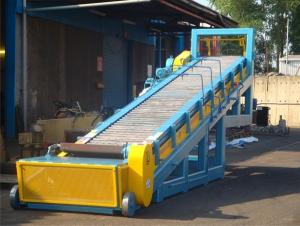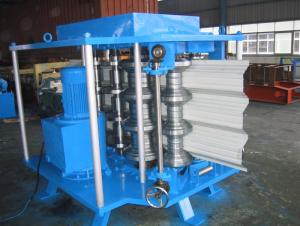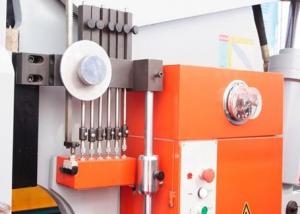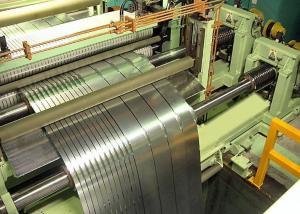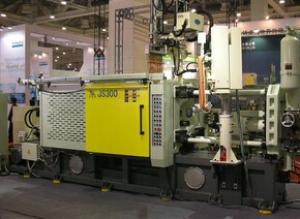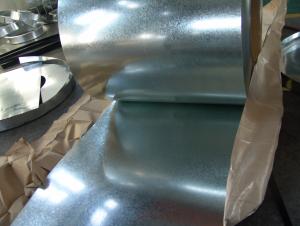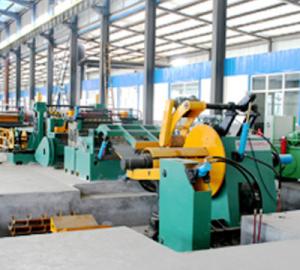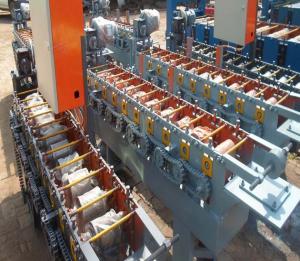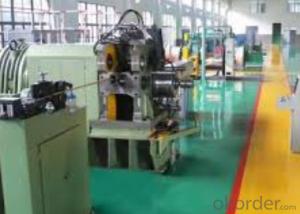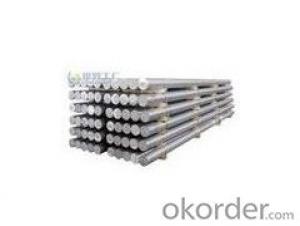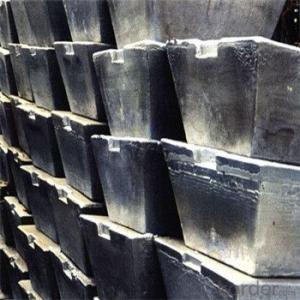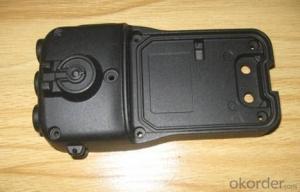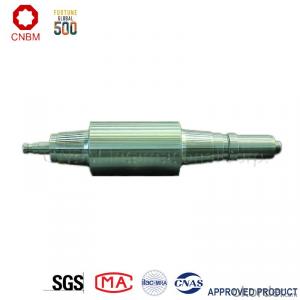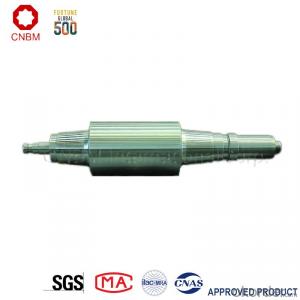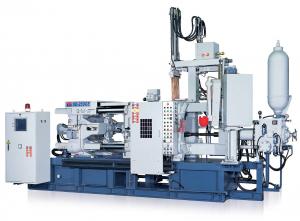Specifications
1.aluminum ingot casting machine
2.Certificated bureau veritas
3.Aluminium die casting machine
4.aluminum copper
Technology process:
1.Heat the EVA film
2.Cover the heated EVA film on the mould(can be made from wood or aluminum)
3.Spray a coating in a certain baume degree
4.Put on the empty blask
5.Sand-up the flask and vibrate to compaction
Packaging & Delivery
Packaging Details:the machine size(L*W*H): 3.03*1.06*1.3 nude packing of machine & wooden case of spares parts etc.
Delivery Detail:in 10 days
